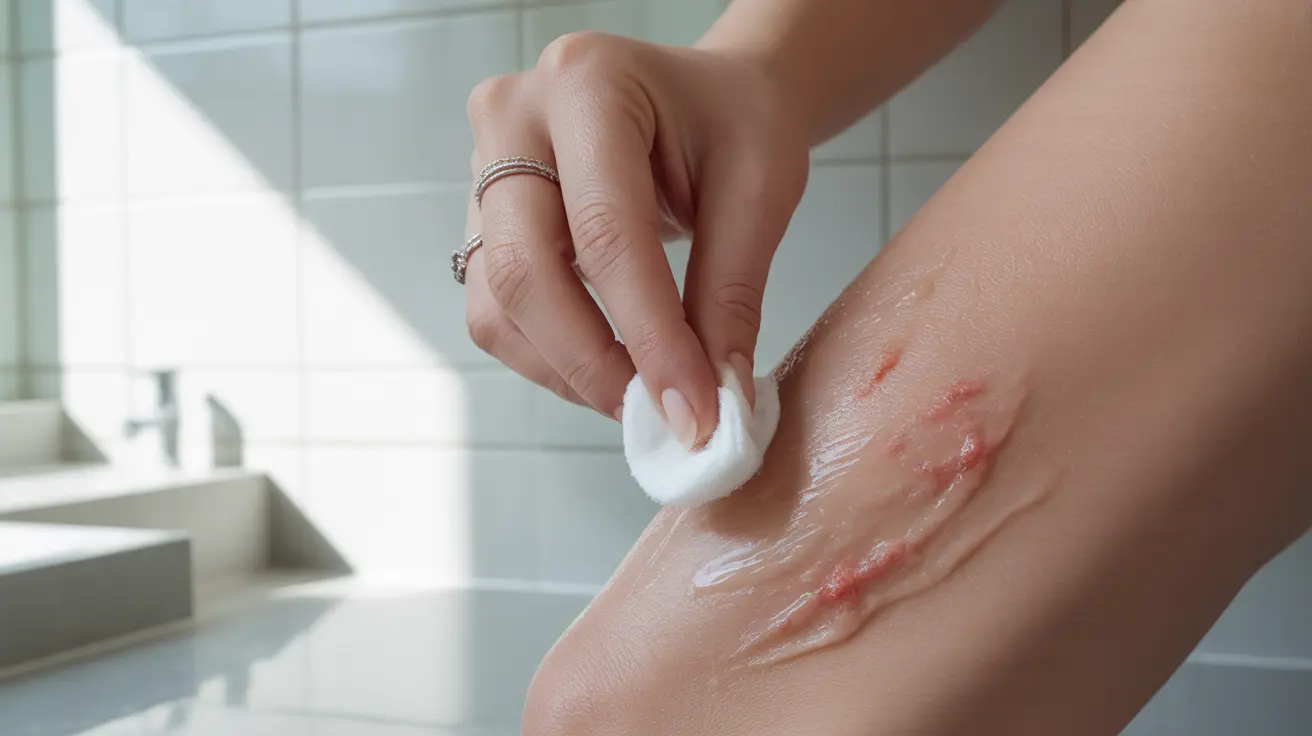Living with eczema can be challenging, and many people seek natural remedies to manage their symptoms. Witch hazel, a botanical extract derived from the Hamamelis virginiana plant, has gained attention as a potential treatment for eczema-prone skin. This comprehensive guide explores the benefits, risks, and proper application methods of witch hazel for managing eczema symptoms.
Understanding Witch Hazel's Properties
Witch hazel contains natural compounds including tannins, flavonoids, and procyanidins that provide anti-inflammatory and astringent properties. These components may help soothe irritated skin and reduce inflammation associated with eczema flare-ups. The plant extract has been traditionally used for various skin conditions due to its gentle yet effective nature.
Benefits of Witch Hazel for Eczema Management
When used appropriately, witch hazel may offer several benefits for eczema-affected skin:
- Reduces inflammation and redness
- Provides temporary itch relief
- Helps maintain skin moisture balance
- Contains natural antioxidants
- May help prevent secondary bacterial infections
Proper Application Methods
To maximize the benefits of witch hazel while minimizing potential risks, follow these application guidelines:
Preparation and Testing
Always perform a patch test before full application by applying a small amount of witch hazel to an unaffected area of skin. Wait 24 hours to ensure no adverse reactions occur.
Application Steps
Follow these steps for safe application:
- Cleanse the affected area gently with mild soap and lukewarm water
- Pat the skin dry with a soft towel
- Apply witch hazel using a clean cotton ball or pad
- Allow the solution to air dry
- Follow with a moisturizer if needed
Safety Considerations and Potential Risks
While witch hazel is generally considered safe for topical use, there are important considerations to keep in mind:
Possible Side Effects
Some individuals may experience:
- Skin dryness
- Mild irritation
- Allergic reactions in sensitive individuals
- Temporary stinging sensation
Special Populations
Extra caution is needed for:
- Children under 2 years old
- Pregnant women
- Those with extremely sensitive skin
- Individuals with severe eczema
Complementary Natural Remedies
While using witch hazel, consider incorporating these additional natural remedies:
- Coconut oil for moisturizing
- Colloidal oatmeal baths
- Aloe vera gel
- Evening primrose oil
- Chamomile compresses
Frequently Asked Questions
What are the benefits and effectiveness of witch hazel for treating eczema symptoms? Witch hazel can help reduce inflammation, itching, and redness associated with eczema due to its natural anti-inflammatory and astringent properties. While research is limited, many users report improvement in their symptoms when used properly.
Can witch hazel cause skin irritation or allergic reactions when used for eczema? Yes, some people may experience skin irritation or allergic reactions to witch hazel. Always perform a patch test before use and discontinue if you notice any adverse reactions such as increased redness, burning, or itching.
How should witch hazel be applied safely to eczema-affected skin? Apply witch hazel using a clean cotton ball to affected areas after gentle cleansing. Allow it to air dry, and follow with a moisturizer if needed. Use no more than twice daily, and always perform a patch test first.
What natural remedies besides witch hazel are recommended to help reduce eczema flare-ups? Other effective natural remedies include coconut oil, colloidal oatmeal baths, aloe vera, evening primrose oil, and chamomile compresses. These can be used alongside witch hazel as part of a comprehensive skin care routine.
Is it safe to use witch hazel for eczema during pregnancy or on children's skin? Pregnant women should consult their healthcare provider before using witch hazel. For children, especially those under 2 years old, it's best to avoid witch hazel or get pediatrician approval first due to their sensitive skin.




